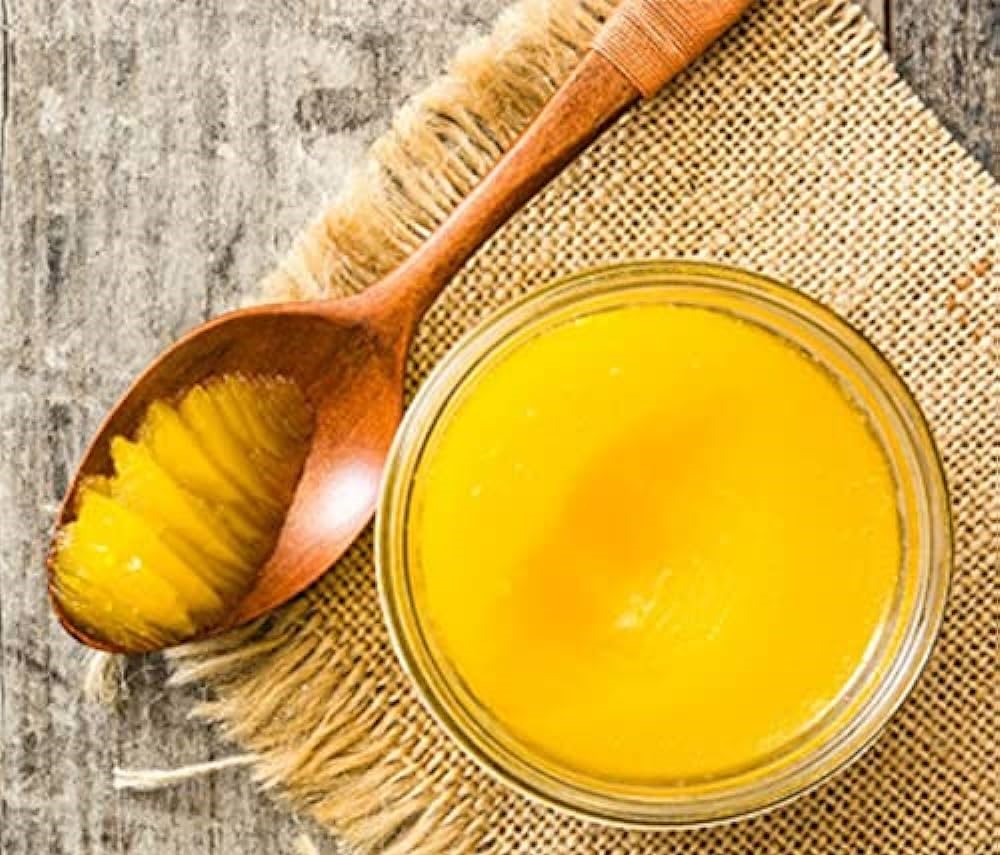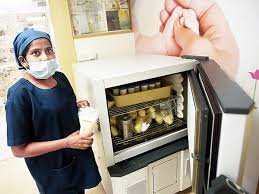Warning: Smoke Signals Danger in Ghee Cooking, Caution Nutrition Experts

Warning: Smoke Signals Danger in Ghee Cooking, Caution Nutrition Experts
Health Specialists Highlight Concerns Over Ghee’s High Smoke Point and Potential Hazards
Ghee, revered in culinary circles for its rich flavor and high smoke point, is now under scrutiny as health experts raise alarms about unseen dangers when cooking with this clarified butter. While ghee’s ability to withstand high temperatures has long been lauded, recent warnings from nutrition professionals shed light on the potential risks associated with smoke emanating from ghee-laden pans.
According to registered dietitian and social media influencer Shreya Katyal, the sight of smoke while cooking with ghee could indicate a looming health hazard. In a recent Instagram post, Katyal urged her followers to exercise caution, emphasizing that heating ghee to the point of smoke release could trigger the formation of harmful free radicals, posing potential health risks.
Supporting this stance, consultant dietitian and diabetes educator Kanikka Malhotra warns that subjecting ghee or oil to temperatures beyond their smoke points can result in the conversion of beneficial fats into detrimental compounds like aldehydes and hydrocarbons. These free radicals, she cautions, have the potential to inflict cellular damage, provoke inflammation, and elevate the risk of chronic ailments such as cardiovascular disease and certain cancers.
Ghee, boasting a smoke point of approximately 482°F, is often favored for high-heat cooking methods like searing. However, for gentler cooking techniques like sautéing, Malhotra recommends opting for refined alternatives such as mustard oil (smoke point ~400°F), rice bran oil (smoke point ~400°F), or groundnut oil (smoke point ~430°F), each offering distinct flavors and versatile applications.
Furthermore, Nisha, a consultant dietitian and nutritionist at Motherhood Hospitals in Gurgaon, underscores the need for vigilance, especially among expectant mothers. She cautions that exposure to harmful compounds released when oil reaches its smoke point could pose additional risks during pregnancy, potentially jeopardizing maternal and fetal well-being.
To mitigate the hazards linked to oils reaching their smoke points, Malhotra proposes specific strategies and recommendations. She advises selecting the appropriate oil for diverse cooking methods and leveraging the unique smoke points of different fats. Techniques such as judicious oil usage, avoiding pan overcrowding, and employing cookware with optimal thermal conductivity are recommended to ensure safe cooking practices while preserving flavor and nutritional quality.







